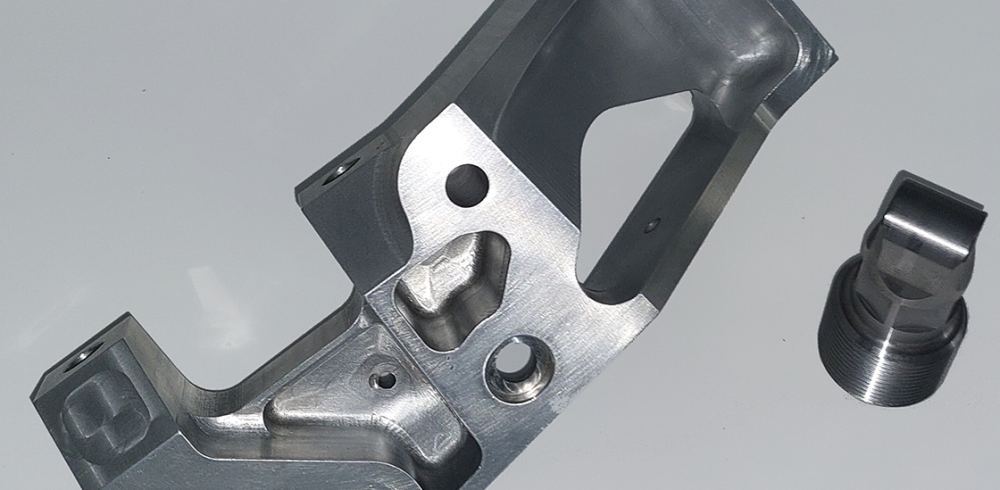Electric vehicles rolling off production lines have fewer moving parts than their Internal Combustion Engine predecessors. This must mean significantly less will be invested in in-house machining equipment by OEMs and Tier 1 suppliers over the next 10 years or so. Is this an opportunity to incorporate specialist external CNC Machining centres into your supply chain?
CNC requirements and EV manufacture
It is widely reported that as electric vehicle production takes off, there will be an increase in demand for machined components such as blade carriers, gear wheels, planet carriers, shafts, transmission components, a variety of battery cells and modules, and compressors. CNC investment for OEMs and Tier 1 suppliers, particularly those that have invested in local battery manufacture, will therefore concentrate on stacking and winding technologies.
Demand for brake shoes, electrical housing, heat sinks, panels, and electrical components is not going to dwindle significantly. However, the superior surface quality and a need for identical parts may see many of the smaller components being produced through additive manufacturing.
Over the same period, we are likely to see a downturn in demand of high-pressure fuel pumps, particulate filters, and pistons to name a few. With this expected downturn, investment in new milling, drilling, honing and grinding equipment will show a steady decline. If OEMs and Tier 1 suppliers are not investing, it remains for some of the smaller suppliers to provide these services.
The EV supply chain and built-in flexibility
The component part manufacturer is uniquely positioned to act as an overseer of demand elements of the supply chain, taking away the responsibility from the OEM or Tier 1. This is a process of contract manufacturing, where the supplier takes responsibility for quality, traceability, materials sourcing, and delivery and becomes a single point of contact for the OEM. The added benefit is that the onus for ongoing investment into the milling, drilling, honing and grinding falls to the component manufacturer.
In a UK focused on re-shoring with government support, contract manufacturing of component parts is a way for OEMs and Tier 1s to de-risk the supply chain and even shorten the supply chain. Investment at this level can focus on new requirements, allowing depreciating assets of milling, drilling, honing and grinding equipment to fall away.
Capitalising on opportunity
Smaller components are an ideal outsource opportunity. CNC specialists offering contract manufacturing solutions, such as Darlington-based Paragon Rapid Technologies (www.paragon-rt.com), offer distinct advantages from extensive industry experience to guaranteed quality and traceability with batches delivered to your specific timescale.
A CNC contract manufacturer should be able to tailor their solutions to meet your specific needs, whether they provide the main bulk of your component part supply, or they are there to provide on-demand back up for contingency parts. As the production of EVs ramps up and evolves, your outsource partner should be flexible on lead times; be able to scale production as required; be collaborative; and be ready to alter design at the drop of a hat.
Manufacturing & Engineering Magazine | The Home of Manufacturing Industry News















